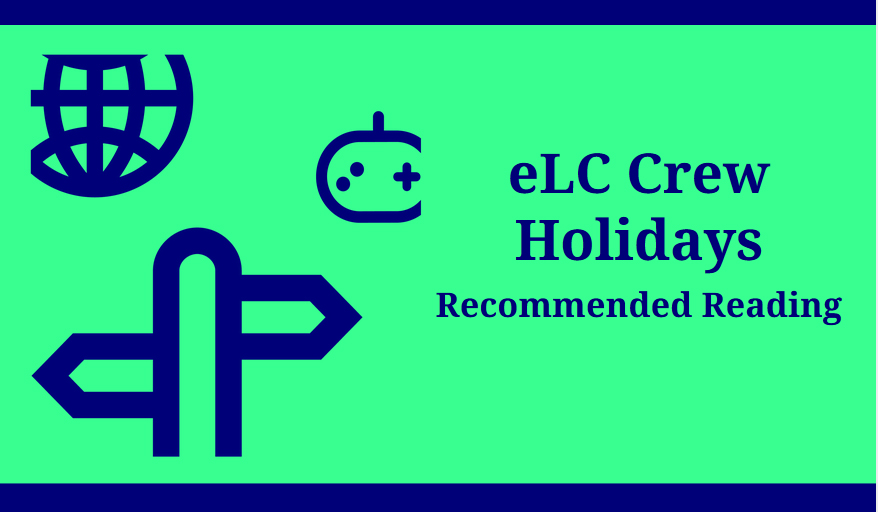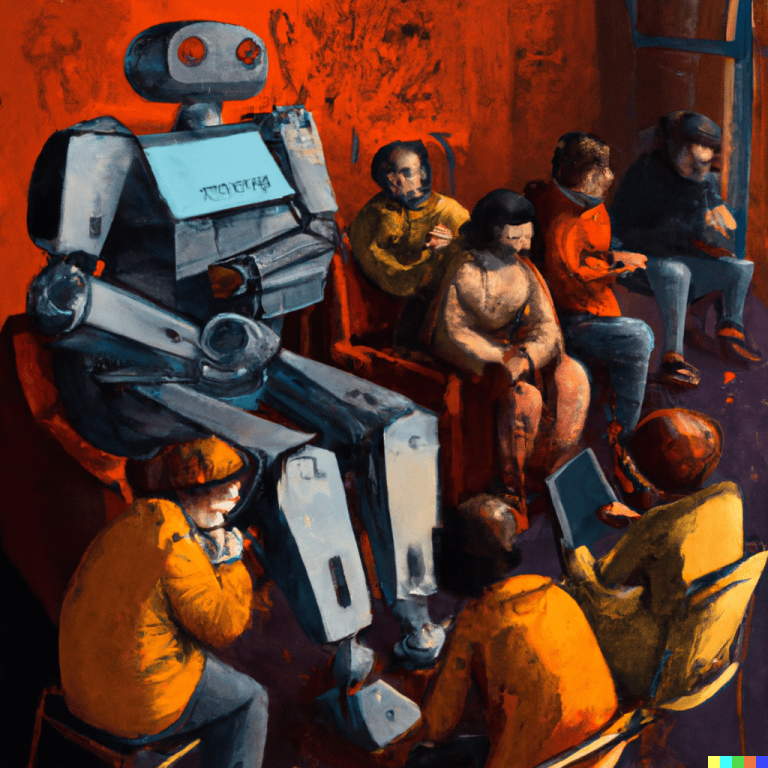Online Learning in the Higher Education changing landscape
9 May, 2017
Due to the Digital Era, learning frontiers seem to vanish and the perspectives towards an internationalised education are widening. In this article we try to answer some questions regarding to how, from a european standpoint, learning models are facing today’s society demands and how does the educational technology answer to all those new necessities.
1.- Social changes. New needs generate new educational models
Current society’s shifting shape and the generation of needs
Europe’s society is facing several challenges. These are some of the main issues:
- Global knowledge-based economy.
- The global economic crisis and new emerging markets.
- Unemployment.
- skepticism
- The adjusting of technology to the Digital Era.
- on for an economic recovery of Europe.
The main goal is building a sustainable and competitive European society to face internationalisation. Globalised world is a big challenge for the educational paradigm which implies new ways of understanding.
The response from the basis. The changing educational model
In 2009, “Education and Training 2020” set four common European Union objectives to address challenges in education and training systems by 2020 [1]:
- Making lifelong learning and mobility a reality.
- Improving the quality and efficiency of education and training.
- online accrediting equity, social cohesion, and active citizenship.
- for creativity and innovation, including entrepreneurship, at all levels of education and training.
The role of education, in general, and in Higher Education specifically, is to ensure an inclusive society based on civic values. A humanized and cultured society is capable of absorbing setbacks and move towards excellence.
The online model as an educational inducement
We are living the dawning of the so-called Fourth Revolution, a digital one, characterized by a fusion of technologies. How is this Digital Era affecting the world of education? We are facing the birth of technologies such as the Virtual and Augmented realities, Artificial Intelligence, robotics, the proliferation of mobile computing devices in our daily life, etc. but how are the online HEI facing it?
These institutions are taking all of this facilitating tools and applying them to the learning scenario. We see the results in the shape of Open Educational Resources (OER), Massive Open Online Courses (MOOC), Personalized Open Online Resources (POOC), and so on, thus they are reshaping the idea of education as we once knew it. Gamification is one of the latest radical concepts in the educational paradigms which is step by step being implemented despite the old traditional models’ reticences.
2.- Socioeducational challenges and the online model implementation
Educating teachers. Adaptation to the online model and the ICTs
The role of the teacher is evolving. Ancient educational models were based upon the idea of the teacher as the center of the classroom and the educational plan. This learning hierarchy has changed and the most significant responsible for that shift may be the integration of new technologies and the online model. Actually, teachers who are working or about to work in a distance model based educational institution, must recycle their skills and adapt themselves to the online requirements. Most of them have a quick adaptation because they have learnt in online related environments, but certain tools and skills are required as the teacher is intended to be a facilitator, counselor, assessor and researcher, specifically:
- Balancing the relationship between the individual and the group.
- Using several forms of communication and being quick in the response.
- Coordinating collaborative asynchronous and ubiquitous activities.
- Managing online submissions, archives and its feedback processes.
- Designing which content will be available for the students and its format.
Readapting ways and contents to the online model. The reshaping of the Higher Education Institutions inner core
The online model has its own idiosyncrasy and the different materials and educational practices have had to be readapted to it. Keeping learners engaged is a challenge both on online and face to face models, but electronic learning and new technologies help to increase an exploitation of time that reflects in the course success. One of the main differences between both models is the nonexistence of a physical classroom in which interactions between the teacher and the students are common. The online model uses resources such as the forums or virtual discussion pools in order to achieve the same opinions exchange between the students and the teacher. Other interrelation resources are collaborative tasks such as the working groups.
Learning resources are another challenge which has been more than well adapted to the online model. This is a field in which new technologies have had a great importance, and these materials are being updated with the latest innovation tools.
Internationalisation
Internationalisation is a critical concept in the development of education. It has always been important as synergies between countries mean an increase of the learning environments’ quality, but nowadays and altogether with the new needs of the Global Information Society, it has become a must for any HEI. Student and staff mobility, networking, participating in congresses and exposing results, research linked to international universities and other initiatives are crucial aspects.
3.- The response to the challenges of the online higher educational models
Implementation of new technologies
There are several educational challenges regarding online, open and flexible learning. Traditional institutions are trying to adapt the synergies between face to face education and their relationship with higher education related technologies. But, what about the online based HEI? The implementation of new technologies in the learning landscape has become the core of the innovation challenge in education.
This fact implies the development of new capacities but also the establishment of priorities. We could say that new technologies must adapt to the learning models but, what does it happen when these new technologies change the educational model? Then we find a dramatic turn on the events. This fact implies a need for continuous adapted learning.
Continuous adapted learning
It is mandatory to find an equilibrium between rapidly obsolete technologies, latest technologies (both related to software and hardware) and the equality and accessibility between HEI enrolled students. This must be one of the biggest challenges regarding the implementation of ICTs and technological novelties. The key and response to this fact are to absorb new technological advances and to achieve a good and prevailing educational model which can be updated with the implementation of new learning easing devices and programs.
Accreditation, Quality Assurance and Recognition
The increasing implementation of e-learning and the use of online resources in both conventional and distance education models has had an impact on perceptions of distance education.
Nevertheless, there is a need for online accrediting models regarding equal and ensure the quality of the distance models and eradicating the scepticism towards them.
There is also a struggle related to the recognition of the online higher education studies in some countries which have still a closed policy regarding openness. This is one of the internationalisation barriers to be overthrown.
To summarize
We can try drawing an answer to this challenging Europe’s (and international) educational landscape through the foresight of these social changes and its demands, and preparing tomorrow’s learning ground to be farmed with the latest pedagogical responses. Answering with proper educational models prepared for the ICT based society, reinforcing the online model implementation working for a recognition of the degrees and looking forward to covering working world demands, are key aspects for the success of this future scenario.
[1] Official Journal of the European Union, “Council conclusions of 12 May 2009 on a strategic framework for European cooperation in education and training (‘ET 2020’)”, 2009/C 119/02, OJ C 119, 28.5.2009, p. 2–10. Available at: http://eur-lex.europa.eu/legal-content/EN/ALL/?uri=CELEX%3A52009XG0528(01)






